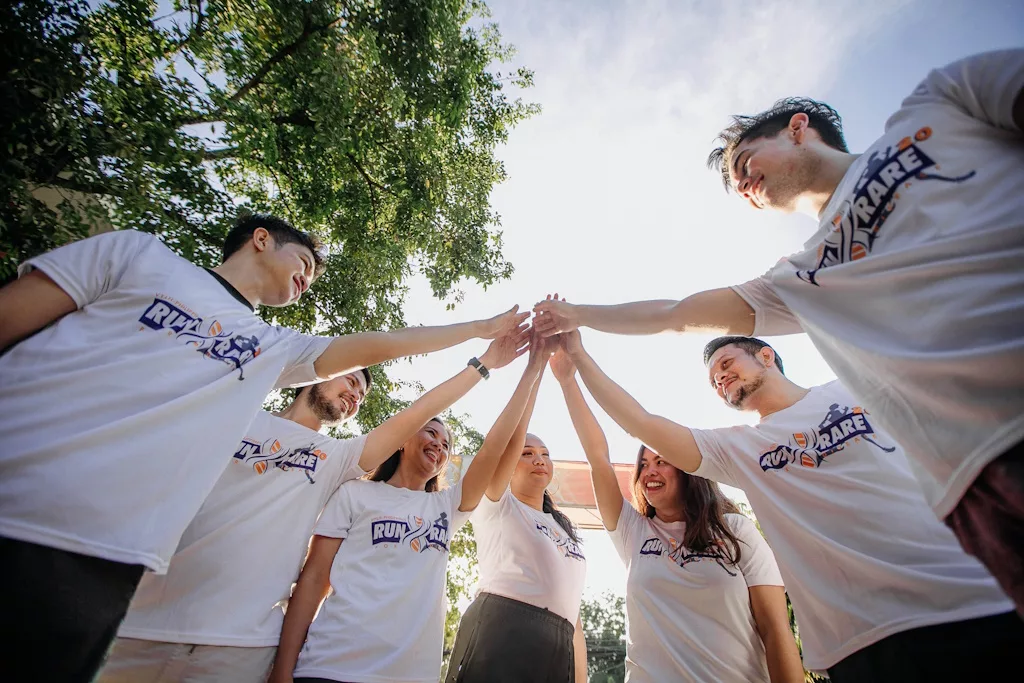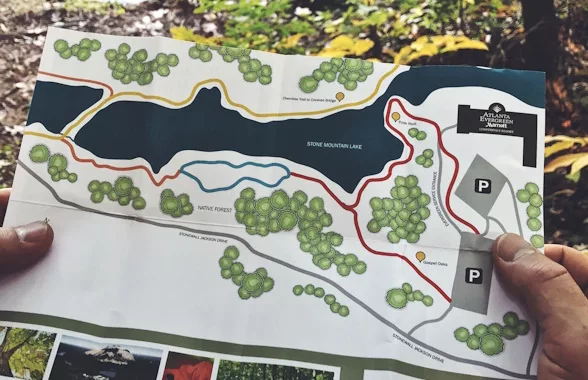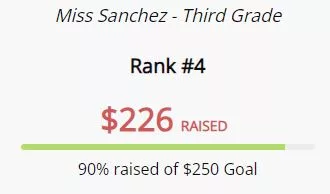
Every step counts in a walkathon! Whether you’re looking to participate in one or host a peer-to-peer fundraiser, understanding the nitty-gritty of walkathon rules and regulations is crucial. Not only does it ensure a safe and enjoyable experience, but it can also help you maximize the potential of your fundraising event. So let’s dive right in!

Walkathon Rules and Regulations: The Backbone of a Successful Event
Planning a walkathon and considering the legal considerations is no small task. Yet, when executed correctly, it can be one of the most rewarding fundraisers. At their core, walkathon rules and regulations should prioritize safety, fairness, and inclusivity.
Prioritizing Safety and Fairness
Key walkathon rules should include the following, to make sure the event is safe and fair for all participants.

Determine the Distance and Route
Walk-a-thon fundraisers are often 3 to 5 kilometer events, (1.8 to 3.1 miles), but the distance can be whatever works for your target audience. Your committee will need to specify a walkathon route and distance, to which participants must adhere.
Set a Time Limit
You’ll want to set a time limit to determine how long the walkathon lasts. The time limit depends on the distance to be covered and the participants’ capabilities. For many walk-a-thon events, participants can start over a period of time, so determining the end of the event is important. You won’t want to start the celebration and awards ceremony while participants are still walking. Most walkathons span 3-5 hours, with activities for the participants after they finish.
Starting Line Protocol

Establish a starting line protocol that includes a designated start time and instructions on how participants should line up. This is especially important if you are hosting a charity run. For causal walks where participants can arrive within a time frame, you may not need to worry about this protocol.
Beyond the standard considerations for planning a walkathon, there are additional rules and regulations that organizers and participants should be aware of to ensure the smooth running of the event. These include the following.
Participant Age and Supervision Requirements
Some walkathons specify age limits for participants, especially when the event involves longer distances. If children are encouraged to participate, regulations generally require adult supervision for safety reasons. Be sure you have plenty of adults on hand for school walks since many parents will not be present when events are run during the school day.
Accessibility Considerations
Ensuring your event is accessible for all, including individuals with disabilities, is paramount. Regulations might necessitate an appropriate route selection and provision of necessary support for all participants.
Minimum Donation Regulations

Since most walk-a–thon fundraisers primarily aim to raise money, rules around taking donations and pledging are also essential to consider. Participants are often required to raise a certain amount of money to participate, especially if perks or benefits are included with registration.
There’s no standard amount or answer to this, but regulations often suggest:
- A minimum amount is raised by each participant, to ensure the event’s effectiveness and cover costs.
- If pledges do not meet the fundraising minimum, participants are expected to cover the costs to meet fundraising requirements.
- There are prizes and awards for those that exceed these fundraising minimums. The beauty of these events is that many participants work hard to raise funds, above the set minimum.
By going the extra mile in understanding these additional walkathon rules and regulations, you’re on your way to ensuring a safe, inclusive, and successful fundraising event that’s enjoyable for everyone involved.
Check out our essential guide on How to Organize a Walkathon Fundraiser in 6 Easy Steps.

Protecting Your Organization
Here are some additional tips to consider when organizing a fundraising walk.
Purchase Event Insurance
It’s wise to secure insurance coverage for your walkathon. This can protect the organization and organizers from potential liabilities arising from accidents or injuries during the event.
Use a Walk-a-thon Waiver
Require participants to sign a waiver during the event registration process to cover your organization from any liabilities. Our software will manage this important step for you.

Obtain Route Clearance and Permits
Depending on the chosen location, you may need to apply for walk-a-thon permits. This is especially true if the walk uses public infrastructure such as public parks or roads. Make sure to check with local authorities and allow sufficient time to follow all stipulated procedures to avoid legal hiccups.
What are the Benefits of a Walkathon?
Walkathons are an excellent method of fundraising with multiple benefits. These advantages extend beyond merely raising funds, encompassing facets of community building, health, and adaptability. Some benefits of hosting walkathons include the following:
- Promoting community bonding. The shared goal of contributing to a worthy cause brings people together, fostering a sense of camaraderie and community spirit.
- Providing an excellent platform for promoting health and wellness.
- Encouraging participants to adopt healthier habits and routines as they train for the event.
Last Thoughts on Walkathon Rules
Walkathons are an exciting, community-driven way to make a difference. Understanding the necessary rules and regulations is an important part of the planning process. So, lace up your shoes and step forward with purpose! Every step counts in the journey toward creating meaningful change.
![16 Best Fundraising Platforms for Nonprofits [2024] 16 Best Fundraising Platforms for Nonprofits [2024]](https://www.dojiggy.com/files/sites/164/2022/07/best-fundraising-platforms-for-organizations-1-425x264.webp)


